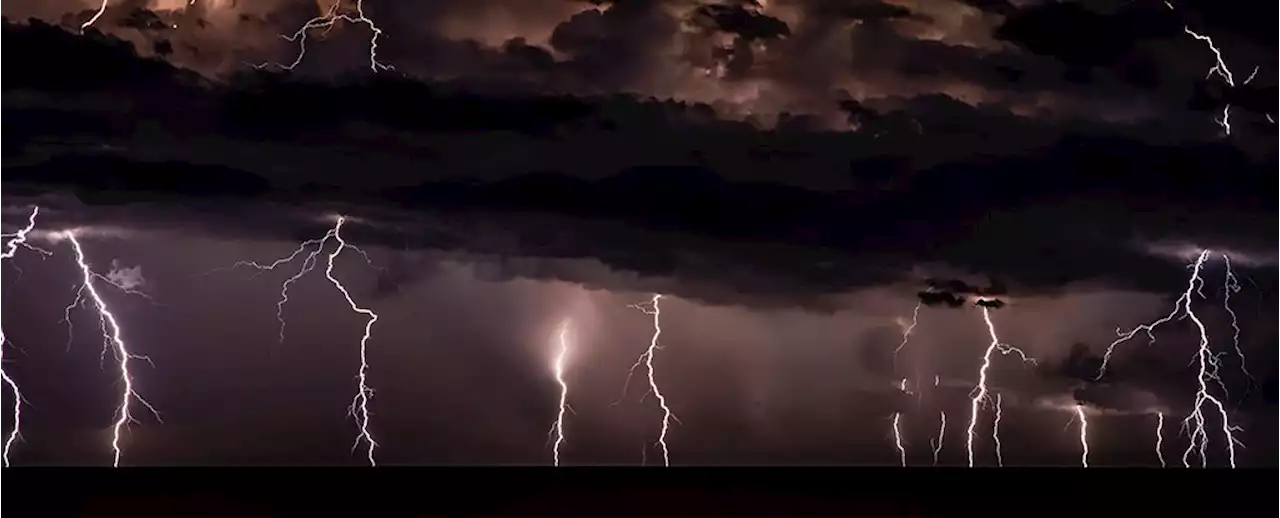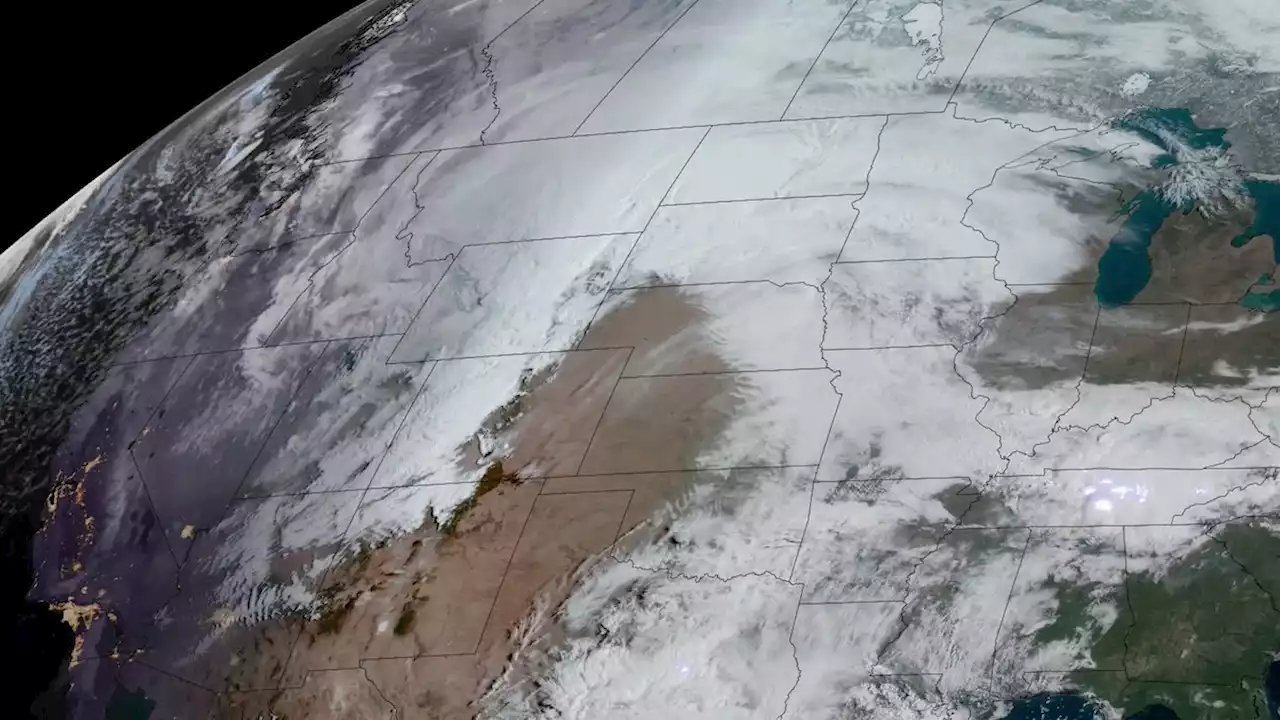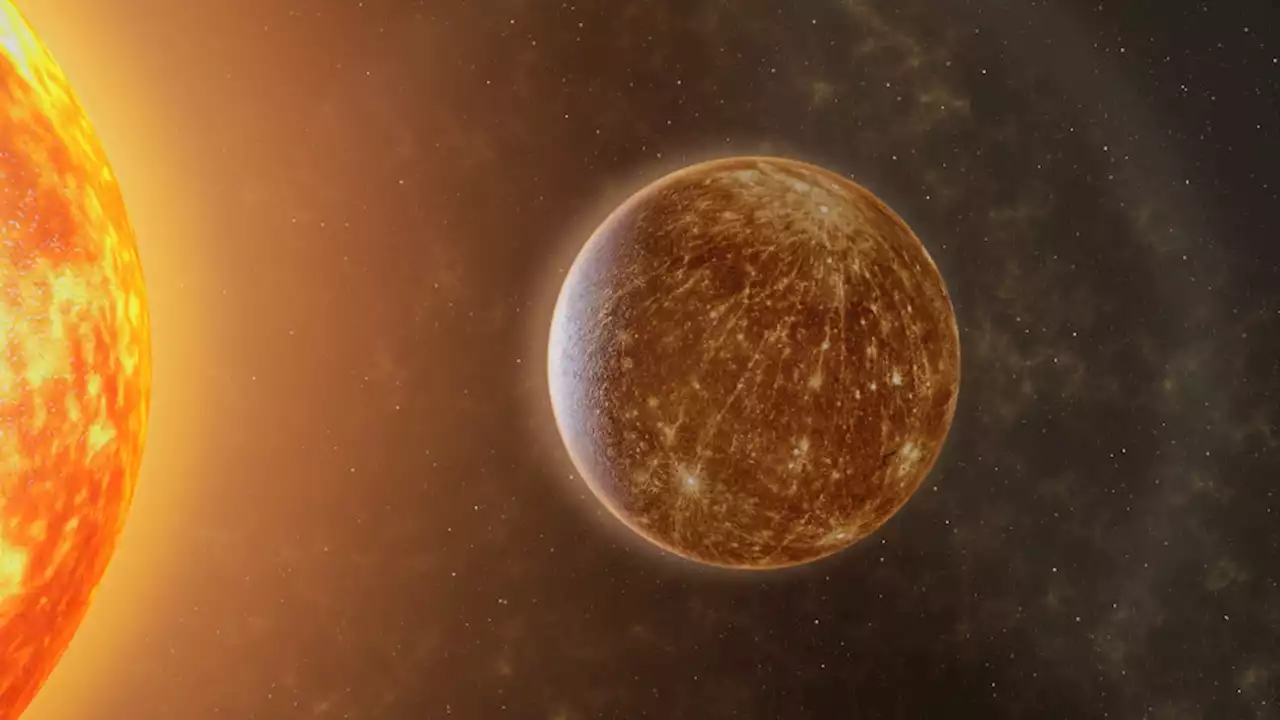Do these storms on Mercury produce aurora displays as they do on Earth? 🧐
published in February 2022 that outline some key features of this small and often overlooked planet. The first study indicates that the planet has a ring current consisting of charged particles that flows laterally around the planet and excludes the poles while the second points to the existence of geomagnetic storms triggered by this specific ring current.
“The processes are quite similar to here on Earth," said in the statement Hui Zhang, a space physics professor at the University of Alaska Fairbanks Geophysical Institute. “The main differences are the size of the planet and Mercury has a weak magnetic field and virtually no atmosphere.” The question now remains: do these storms on Mercury produce aurora displays as they do on Earth? It turns out they don't as solar wind particles on the distant planet don’t encounter an atmosphere, allowing them to reach the surface unimpeded.The scientists further speculate that Mercury's storms would therefore only be visible through X-ray and gamma-ray examination.
It was a new analysis of data from Messenger, which had begun dropping closer to the planet as a result of its upcoming crash, that showed"the presence of a ring current intensification that is essential for triggering magnetic storms," states the second of the two papers.
United States Latest News, United States Headlines
Similar News:You can also read news stories similar to this one that we have collected from other news sources.
 How to Use Magic to Celebrate Earth DayFind out how to use magic to celebrate Earth Day 2022, and why magic can help you appreciate the planet.
How to Use Magic to Celebrate Earth DayFind out how to use magic to celebrate Earth Day 2022, and why magic can help you appreciate the planet.
Read more »
 Watch China's Shenzhou 13 astronauts return to Earth from space station tonightA live webcast is expected to begin at 8 p.m. EDT (1200 GMT)
Watch China's Shenzhou 13 astronauts return to Earth from space station tonightA live webcast is expected to begin at 8 p.m. EDT (1200 GMT)
Read more »
Remains of impact that created the Moon may lie deep within EarthScientists have long agreed that the Moon formed when a protoplanet, called Theia, struck Earth in its infancy some 4.5 billion years ago. Last year, a team of scientists presented a provocative new proposal. ScienceMagArchives
Read more »
 Primordial Earth Had a Major Difference in Its Skies We Didn't Realize Until NowStanding on Earth almost 4 billion years ago would have been an incredibly hot, desperately lonely, and very short experience – what with there being no oxygen. Now, new research suggests there would have been less lightning around than there is in
Primordial Earth Had a Major Difference in Its Skies We Didn't Realize Until NowStanding on Earth almost 4 billion years ago would have been an incredibly hot, desperately lonely, and very short experience – what with there being no oxygen. Now, new research suggests there would have been less lightning around than there is in
Read more »
 Earth from Orbit: Spring Snowstorm Hits U.S.This week, a spring storm system brought record-setting snow, blizzard conditions and severe thunderstorms as it moved across the U.S. See how NOAA satellites monitored it from above in this week's EarthFromOrbit video:
Earth from Orbit: Spring Snowstorm Hits U.S.This week, a spring storm system brought record-setting snow, blizzard conditions and severe thunderstorms as it moved across the U.S. See how NOAA satellites monitored it from above in this week's EarthFromOrbit video:
Read more »
